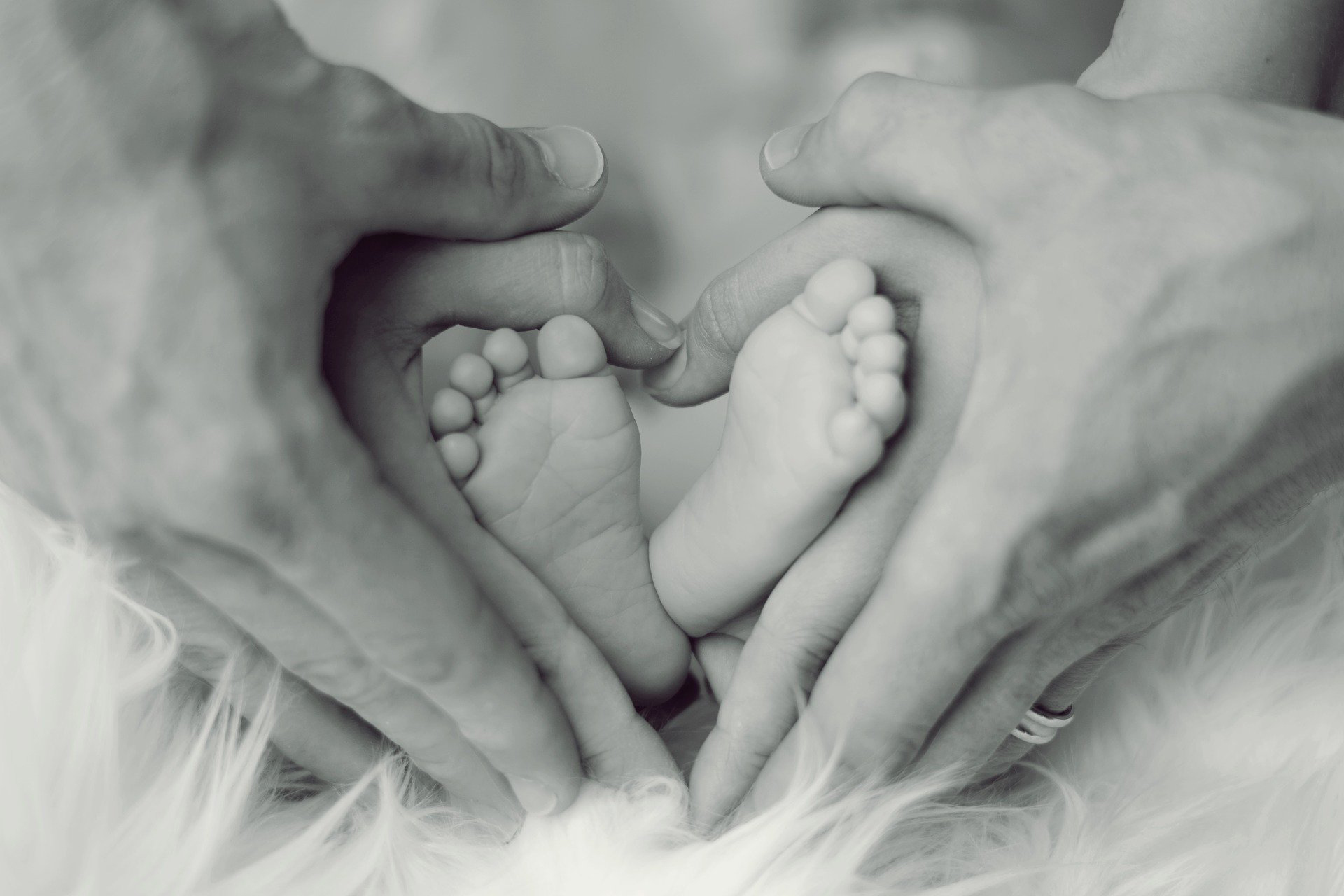Structural framework > Society
Families
Children and adolescents grow up in a wide variety of family structures. For these young people, it is of particular relevance whether they live with both parents or just one.
Families with children under the age of 18 in Germany (2020): 8.45 million (51% with 1 child; 37% with 2 children; 12% with 3 or more children)
⇒ single-parent families with children under the age of 18 in Germany (2021): 1.56 million
(share of all families with children under the age of 18: 18.5%)
(65% with 1 child; 27% with 2 children; 7.6% with 3 or more children)

Notes
The number of families in Germany has been in decline for the past two decades, from around 13.2 million families in 1996 to 11.9 million in 2022. There were 8.45 million families with at least one child under the age of 18 in 2020.
Children and adolescents grow up in a wide variety of family structures. Examples include step-families, patchwork families, single-parent families, foster families, married and unmarried parents, and rainbow families (families with same-sex parents). For these young people, of particular relevance is whether they live with both parents or just one. In two-parent families, both parents can share the child's care, everyday tasks and earning income for the family. Where children and adolescents grow up in a one-parent household, it mostly falls to the single parent alone to fulfil all of these roles. Lone parenting is also often the result of a separation or divorce from the other parent, which can be a further (major) psychological stressor both for the single parent and for the children and adolescents themselves.
Most children and adolescents grow up in a two-parent household where the parents are either married or partnered. In 2021 single-parent households accounted for a good 18.5% of all families with children under the age of 18. The share of single-parent households is growing across older child age cohorts. There was also a long period of significant growth in the number of single-parent households prior to 2016, after which the figures dropped slightly.
At the same time, the share of working parents with young children is also on the rise. The employment rate amongst parents with one or two children was at a similar level in 2021. 67.6% of parents with one child were in gainful employment, rising to 69.4% for parents with two children. For parents with three or more children – where at least one child is of pre-school age – the share was 57.3%.
The programmes offered by child and youth services, such as child day-care services, are a major source of support for many children and their families. They can, e.g., facilitate a return to work for one or more parents, or provide relief from the burden of daily tasks and challenges.
Further reading
- Böwing-Schmalenbrock, Melanie/Detemple, Jonas/Meiner-Teubner, Christiane (2021): Aufwachsen in Deutschland – Rahmenbedingungen der Kinder- und Jugendhilfe. In: Autorengruppe Kinder- und Jugendhilfestatistik: Kinder- und Jugendhilfereport Extra 2021. Dortmund, p. 7−11.
- Bundesministerium für Familie, Senioren, Frauen und Jugend (Hrsg.) (2020): Familie heute. Daten. Fakten. Trends. Familienreport 2020. Berlin (last accessed: 10 July 2023).
- Statistisches Bundesamt: Auszug aus dem Datenreport 2021: Familie, Lebensformen und Kinder (last accessed: 10 July 2023).
![[Translate to Englisch:] [Translate to Englisch:]](/fileadmin/_processed_/e/b/csm_2021_09_28_Myles-Tan-WNAO036c6FM-unsplash_kleinIII_0ed92e37b3.jpg)

